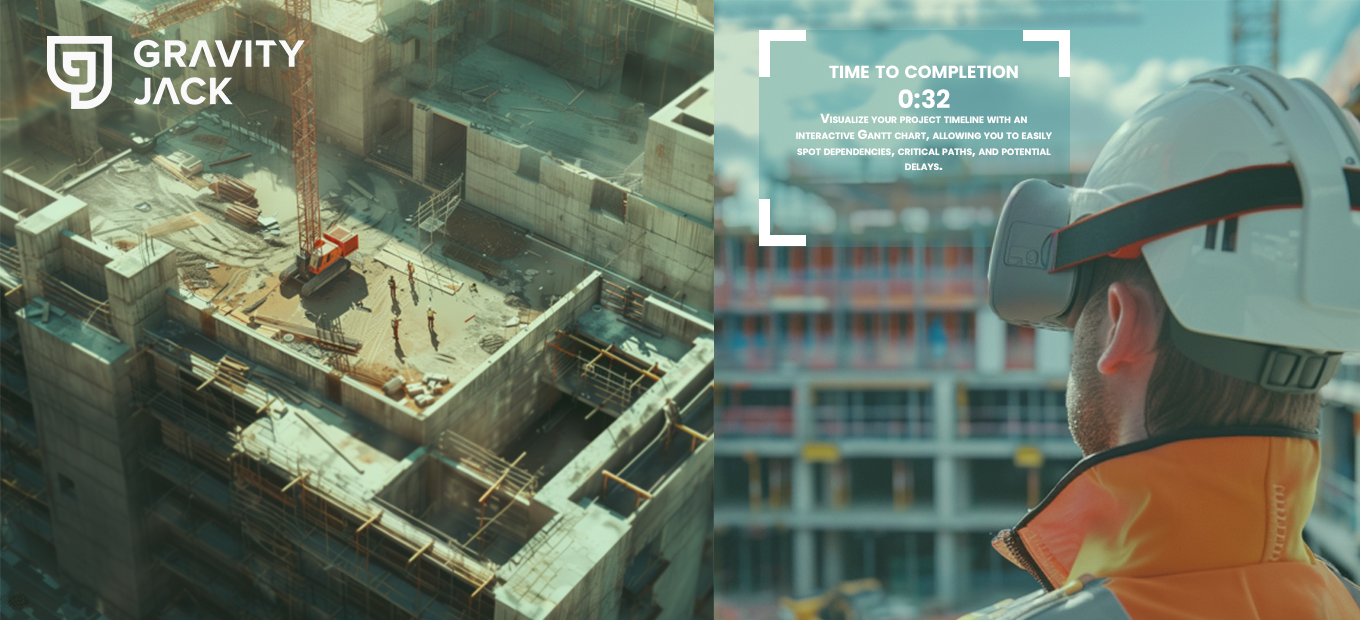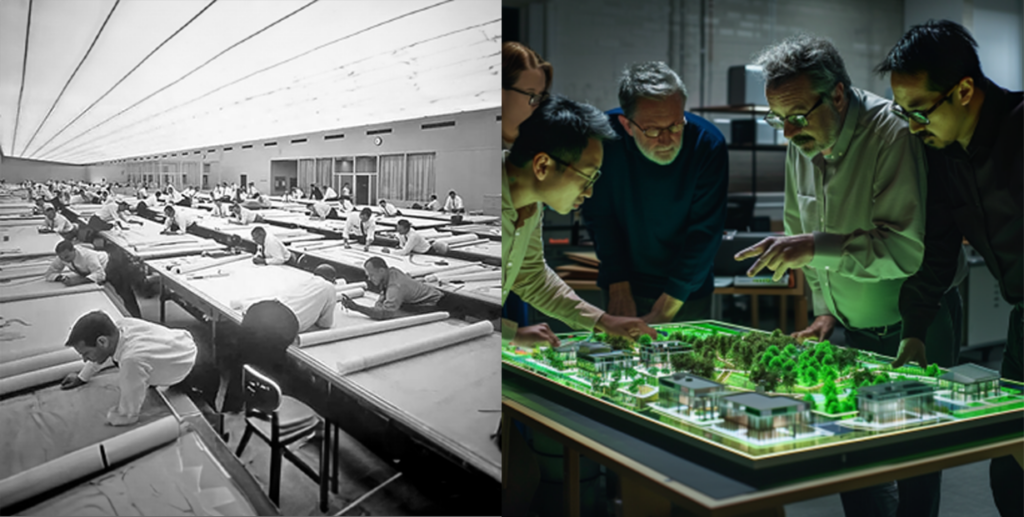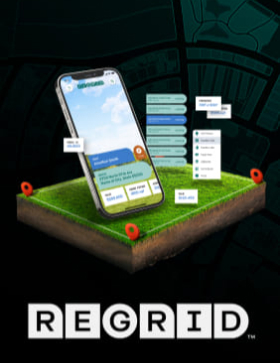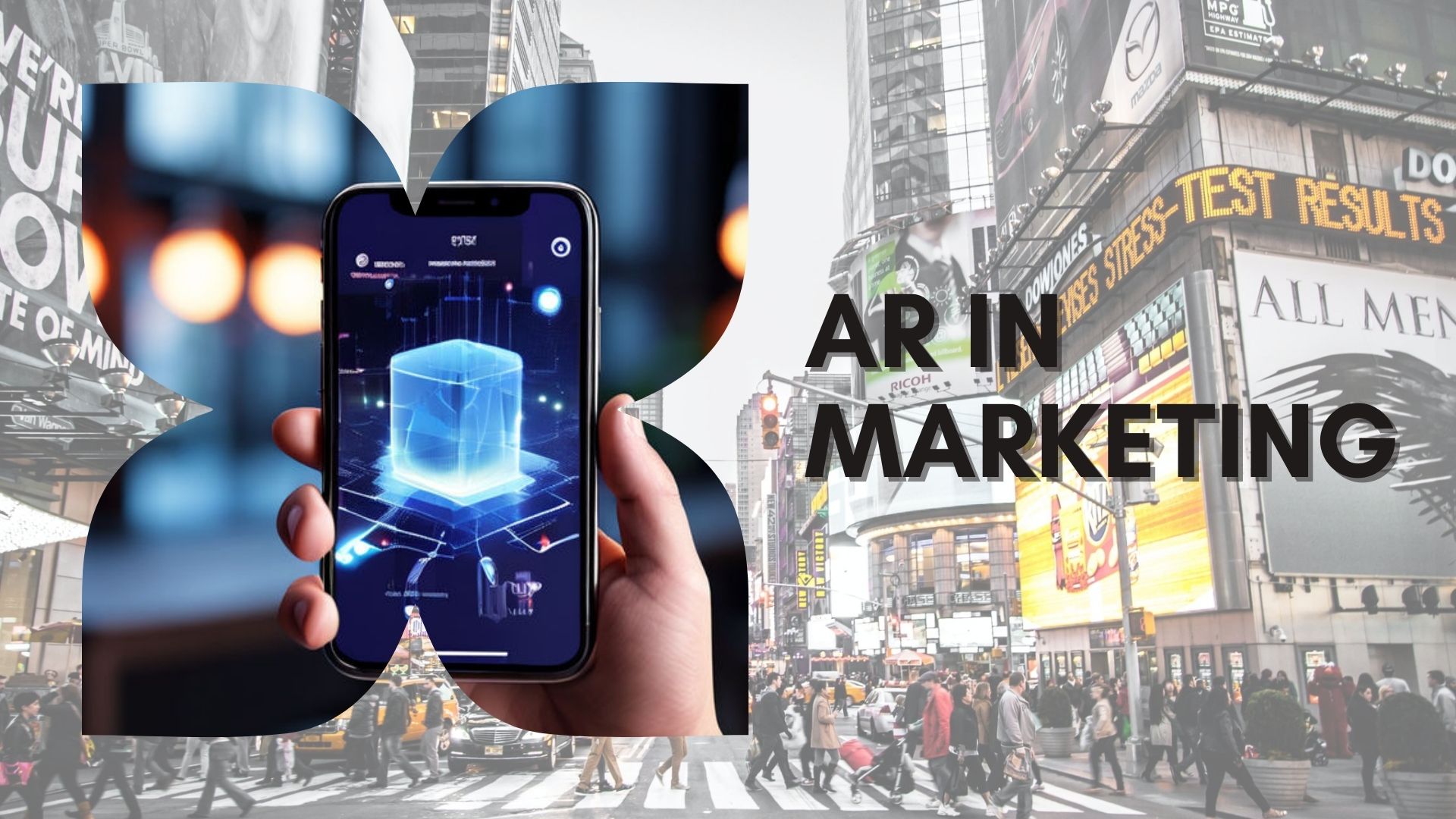
@everyday_ar Hanger installation workflow redefined through augmented reality glasses. You asked for it! #construction #constructiontechnology #augmentedreality #bim #hololens2 #spectar #justgoingtowork
♬ Let’s Groove (Instrumental) – Earth, Wind & Fire
In the world of construction, meticulous planning is the cornerstone (pun intended) of successful projects. From initial design concepts to project timelines and resource allocation, every decision made during the planning phase can have a significant impact on the outcome of a build. Augmented reality (AR) technology is rapidly transforming the way construction projects are planned and executed, offering unprecedented levels of precision, efficiency, and innovation. Let’s delve into how AR is revolutionizing the construction planning process and paving the way for more seamless and successful builds.
Enhanced Design Visualization
Augmented reality offers groundbreaking new solutions to the way architects and designers conceptualize and visualize construction projects. By overlaying digital models onto physical environments, AR allows stakeholders to see proposed designs in real-world contexts, enabling them to make more informed decisions about layout, aesthetics, and functionality. At the same time, AR makes implementing feedback easier than ever, enabling designers to make changes quickly and seamlessly. With AR, planners can explore different design options, experiment with materials and finishes, and assess the impact of design choices on the surrounding environment—all before breaking ground.
Streamlined Site Surveys
Traditional site surveys can be time-consuming and labor-intensive, often requiring qualified teams to manually measure and document site conditions. Augmented reality simplifies this process by providing accurate, real-time data capture capabilities. Using AR-enabled devices, planners can conduct virtual site surveys, capturing precise measurements and dimensions with a single scan. This streamlined approach not only saves time but also reduces the risk of errors and discrepancies, ensuring that construction plans align seamlessly with site conditions.
Efficient Resource Management
Effective resource management is essential for keeping construction projects on track and within budget. Augmented reality offers valuable tools for optimizing resource allocation and utilization during the planning phase. By integrating AR into project management software, planners can visualize and analyze resource requirements in real-time, identifying potential bottlenecks and inefficiencies before they arise. This proactive approach allows construction teams to allocate resources more effectively, minimize waste, and maximize productivity throughout the build. Planning methods versus augmented reality (AR)-enabled planning methods. On one side, depict a scene with workers using paper blueprints, measuring tools, and physical models to plan a construction project. On the other side, illustrate a similar scene but with workers using AR glasses or devices to view digital blueprints, overlay virtual components onto the real-world environment, and collaborate more efficiently.

Improved Collaboration and Communication
Successful construction projects depend on clear and effective communication among all stakeholders involved. Augmented reality facilitates collaboration by providing a shared platform for visualizing and discussing project plans in immersive 3D environments. Whether stakeholders are located on-site or off-site, AR enables them to virtually explore designs, provide feedback, and make decisions collaboratively. This enhanced communication fosters greater transparency, alignment, and accountability among project teams, leading to smoother project execution and higher-quality outcomes.
Realistic Project Simulations
Augmented reality empowers planners to simulate construction scenarios and visualize potential challenges before they occur. By creating realistic virtual environments, AR allows planners to test different construction methodologies, assess site logistics, and identify potential conflicts or safety hazards. This proactive approach enables planners to anticipate and address issues early in the planning process, minimizing disruptions and delays during construction. Additionally, AR simulations can be used to train construction teams on site-specific procedures and protocols, ensuring that projects proceed safely and efficiently from start to finish.








